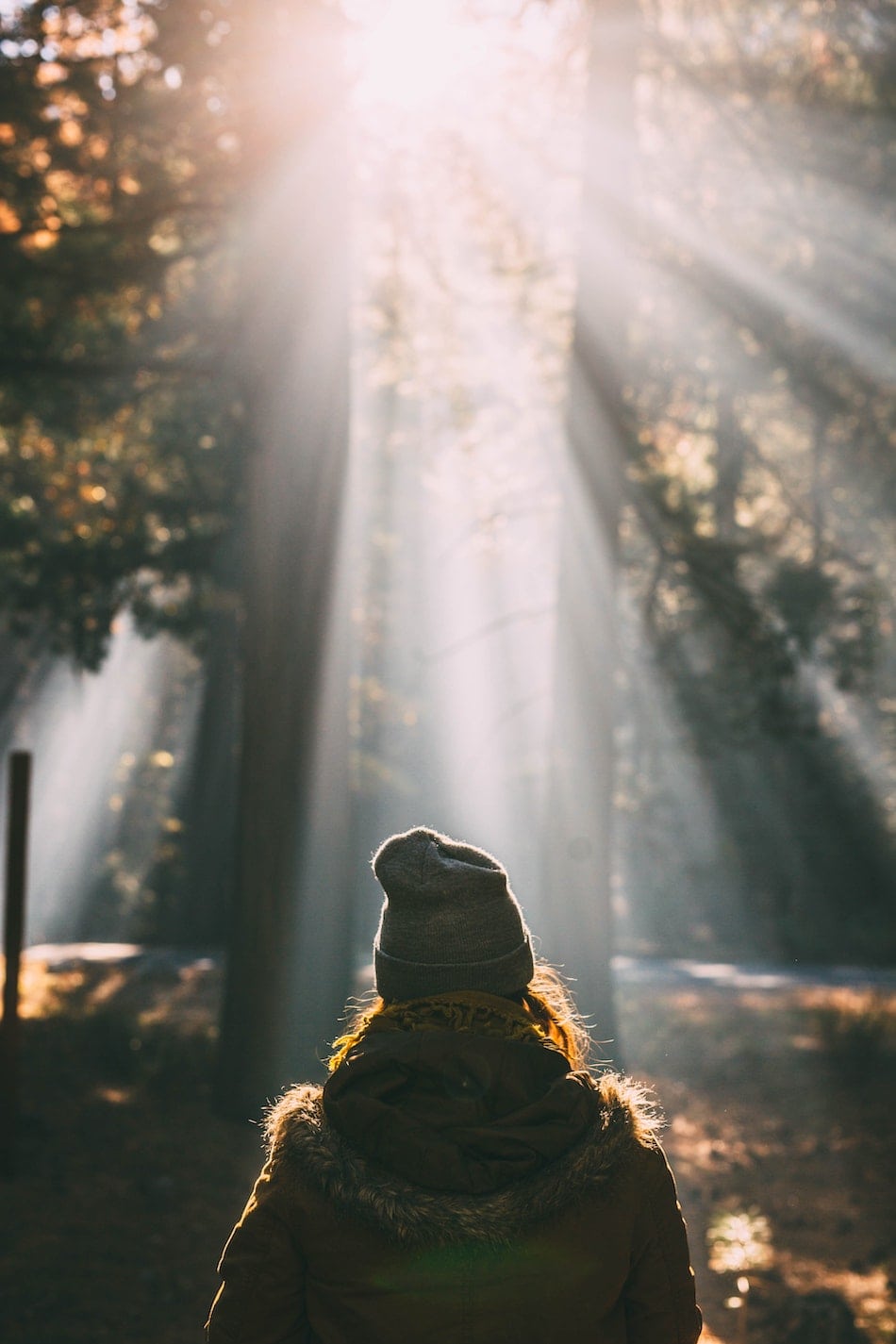
Herbalism is sometimes referred to as “the people’s medicine,” but what does that mean exactly?
It means that learning about and using herbs is easy enough for the average person to grasp—yes, even the person with no medical or science background! It means that you — yes, YOU — can be empowered to take charge of your own health naturally, and plants can be a key part of that journey!
With that said, if you are new to herbalism, or you’ve been dabbling in it for a while, it’s easy to feel overwhelmed by all the herbs out there, the herbal lingo, how to go about finding the right herb(s) for your needs, the act of stocking the home apothecary, learning to make all the preparations, so on and so forth.
And you know what? That’s understandable. There’s a lot to learn which is why many herbalists refer to this practice as a journey, but a journey doesn’t have to be a long and arduous one. It doesn’t have to be traveled alone. And it certainly doesn’t have to feel directionless.
If you are new to herbalism or are feeling a bit overwhelmed by all there is to know, I’d like to share 3 of my best tips that will help you to simplify your herbal studies. These three tips will help you not only reduce the overwhelm you’re currently experiencing, but they will help you to become a BETTER herbalist as well!
The Best Way to Simplify Your Herbal Studies
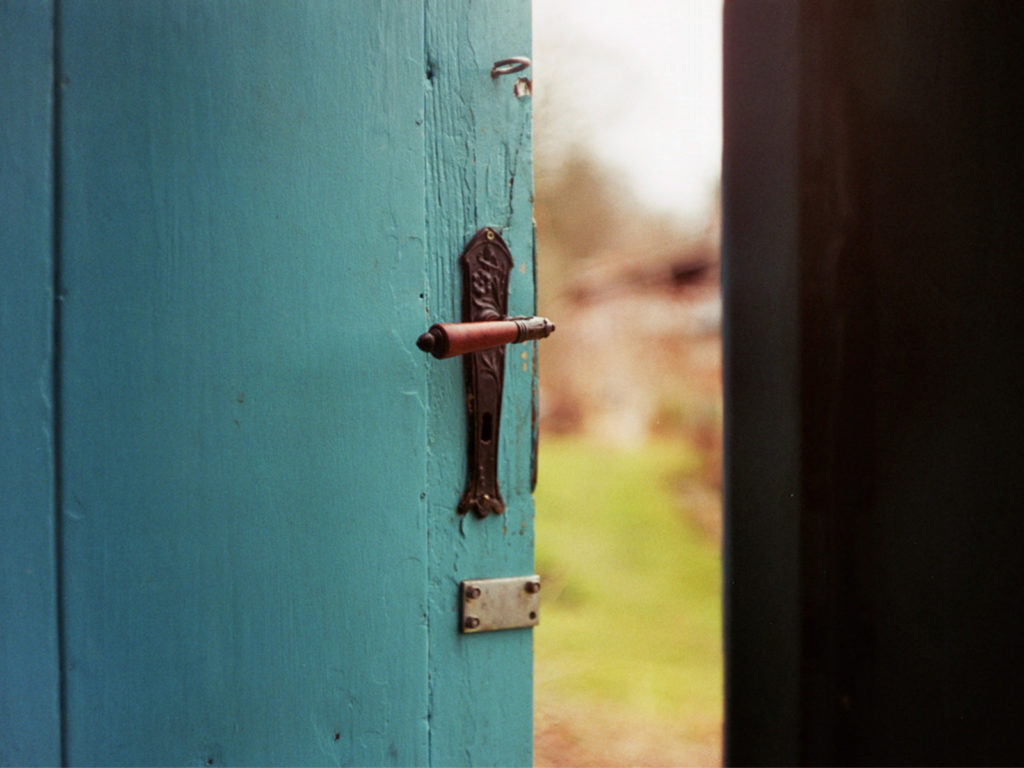
1. Use Local Herbs
As you may be learning, there are a lot of herbs in the world. There are Western herbs, Ayurvedic herbs, Chinese herbs, and more! Thousands upon thousands of plants exist and almost all of them can be used in herbalism, not to mention incorporating trees and mushrooms into your practice as well!
One of the easiest ways to simplify your herbal studies is to start by focusing your studies on local plants only — at least at the beginning.
While getting to know local herbs at the beginning of your herbal journey not only narrows your focus from thousands of plants to hundreds, it’s more like 10-20 if you focus only on what’s growing in your yard. Yes, I’m talking about those herbs growing right outside your front door (granted you don’t use any sort of weed-killer).
Once you’ve finished with one herb, you can move on to another. Sooner than you realize, you’ll have quite a few herbs in your home apothecary as well as a lot of practical information you can use when you need it.
In fact, it’s better to know 20 ways to use a single herb than it is to know a single way to use 20 herbs. I can’t remember which herbalist passed this wise advice on to me, but I want to share it with you today, so you can benefit from it as well!
2. Follow “The Least of These” Principle
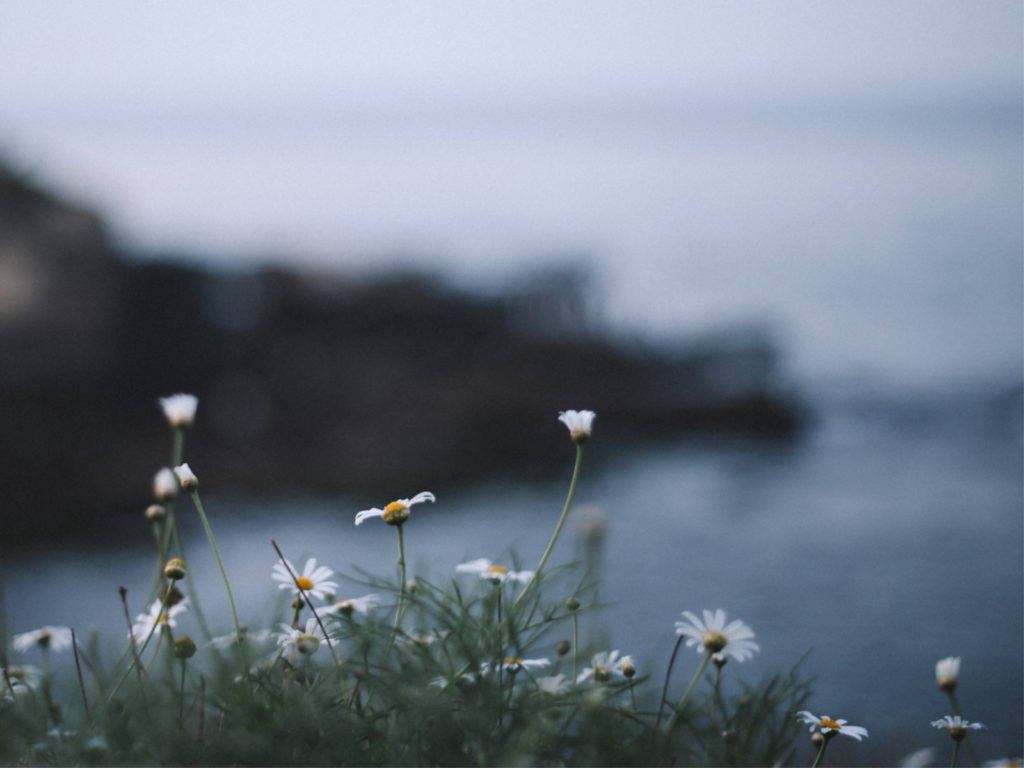
The second way to simplify your herbal studies is to use gentle herbs that have very few if any, side effects or safety concerns. This makes using the herb and getting to know it well a bit easier on you.
Nutritive herbs and nourishing tonics are two great categories of herbs that fit this description. Nutritive herbs, such as chickweed (Stellaria media), nettles (Urtica dioica), and oats (Avena sativa), are food-like plants, and they can be used in larger doses and for longer periods of time. Nourishing tonic herbs, such as ashwagandha (Withania somnifera), hawthorn (Crataegus spp.), and mullein (Verbascum thapsus), are gentle herbs that nourish and normalize a specific organ or an entire body system. Nourishing tonics can also be used daily in large doses for long periods of time.
Now just because an herb is gentle doesn’t mean it’s not as good as a stronger herb. Many herbalists start their clients on formulas using these gently, nourishing herbs. The actions of these types of herbs either work to help the body maintain balance or to offer a gentle nudge back towards balance when needed. These gentle herbs can be quite effective when used properly.
Once you have a good understanding of these gentle herbs, you can begin exploring stronger herbs to round out your herbal materia medica (a collection of plants you have studied and know how to use well).
3. Keep Herbal Preparations Simple
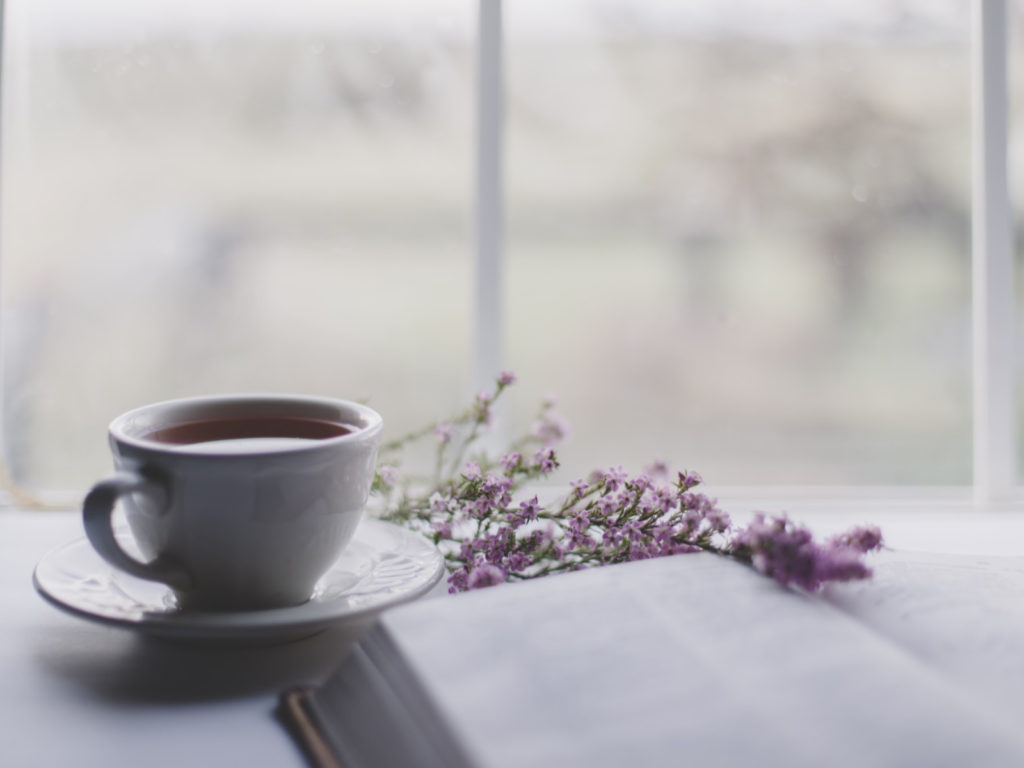
The third way to further simplify your herbal studies is to focus on making and using simple herbal preparations.
Many new herbalists get excited to start using herbs, and in doing so, they begin to follow herbal recipes and formulas that contain multiple herbs. While this approach can be a good way to familiarize yourself with making different herbal preparations or help you stock your home apothecary, it doesn’t really help you with your herbal studies. Here’s why.
When you use herbal formulas, you are getting the flavors, energetics, and actions of many herbs together. This makes it very difficult to differentiate how one herb works from another.
Instead, it’s better to make a simple herbal preparation of one single herb and use that to familiarize yourself with the herb’s characteristics, energetics, and actions. This will help you learn more about that specific herb without getting mixed messages like you would if you were using multiple herbs.
Simple herbal preparations take the form of basic infusions, infused oils, tinctures, or glycerites. They can even be a simple herbal pastille! When you use these preparations consistently, you will become more familiar with how they work in your body. This information will help you in the future when you consider using this herb again, whether by itself or in an herbal formula.
Understanding how an herb works or tastes in a simple herbal preparation can also give you an idea of how much or little of an herb to use without needing to search your herbal books or an online source for dosing information.
The Herbal Journey

Looking back, I can see that herbalism has taken me on a journey unlike any other. It has filled me with excitement and empowered me to live a simpler, more natural lifestyle that’s aligned with the God-given cycles and rhythms of nature. It’s been full of mystery and hidden secrets that have been revealed to me along the way, and it’s been paved with wisdom from those who came before me.
Herbalism is deep and vast, and some concepts are more complicated than others. While it pays to take the journey slowly, giving yourself time to stop and focus on a difficult concept here or a new herb there, it doesn’t have to be an overwhelming one. Mastering herbalism takes a lifetime of study, use, and practice—if one ever truly masters it. My tidbit of wisdom for you is not to rush it. As Emmerson would say, “It’s not the destination; it’s the journey” that counts!
The world of herbs is truly a wild and wonderful one, and I’d like to invite you to join me on this journey.
The Art of Simpling Online Herbalism Course
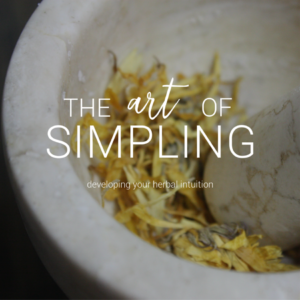
Imagine having such a close relationship with an herb that you could instantly recognize it, know how to use it, and confidently enjoy its gifts. “Simpling” offers that opportunity and more.
The Art of Simpling is a six-week online herbalism course that is exclusively available once per year. During this herbal immersion, we’ll explore the art and science of “simpling,” an ancient practice that involves dedicating your studies to one herb at a time in order to form a deep relationship with the plant and become intimately familiar with its uses, properties, energetics, history, and more.
While there are many ways to learn about herbs, “simpling” just so happens to be one of my favorite techniques. In this online herbalism course, I’ll share my own personal way of practicing this particular herbal practice using a mix of traditional art with some modern science thrown in as well.
By the end of this Art of Simpling course, you will have studied one plant in-depth, created an herbal monograph for future referencing, made several herbal preparations using your plant, learned how it can assist you in different situations, and ultimately, developed an intuition that will go call this plant back to you time and time again in the years to come.
The 2022 session of The Art of Simpling is now open for registration. Whether you are a family herbalist or a community herbalist, if you want to take your herbal knowledge to the next level, I hope you’ll join me in this year’s class.
Love and light,
Meagan
Needed this. Thank you
You’re very welcome!
Thank you for sharing all of this! It’s really encouraging.
You are very welcome!